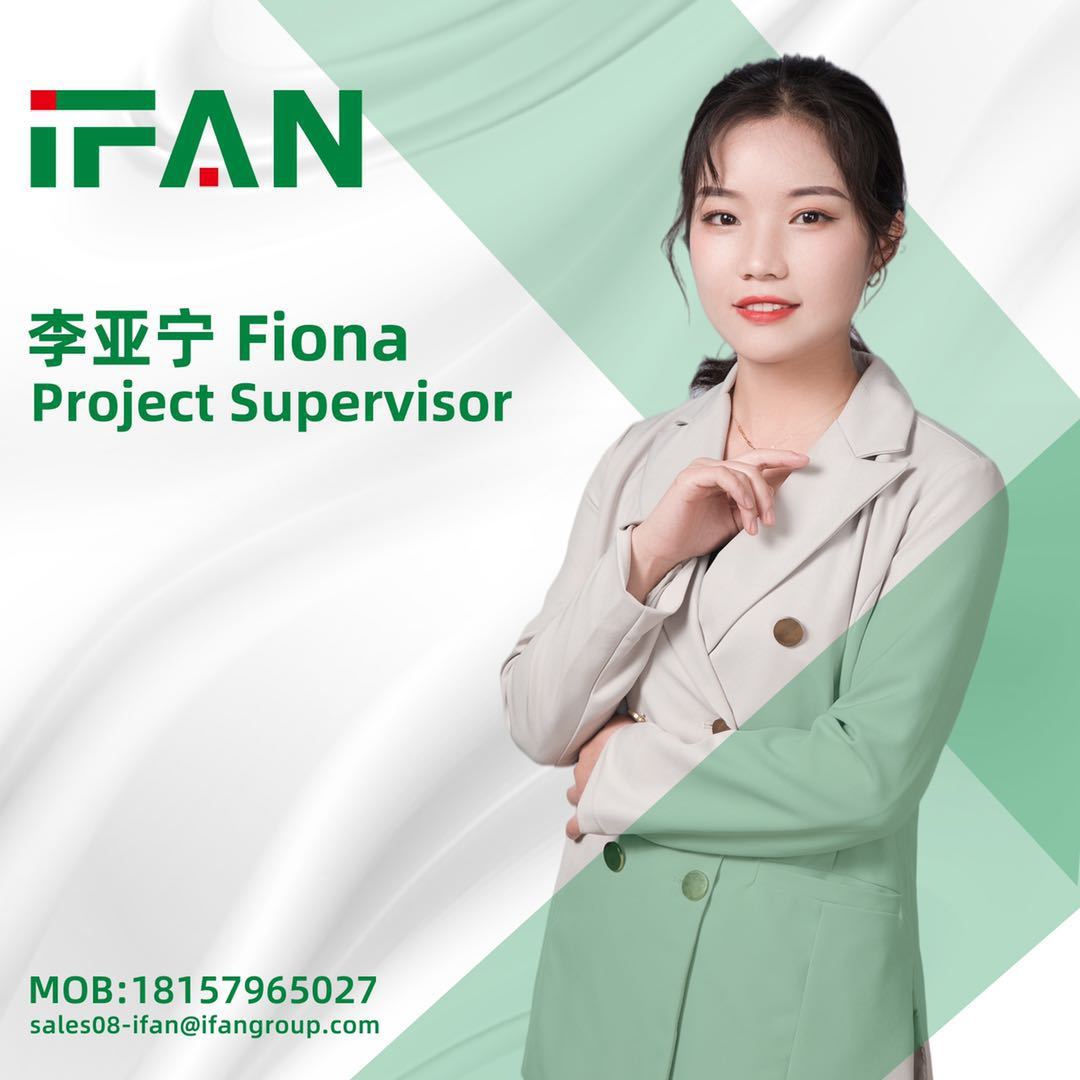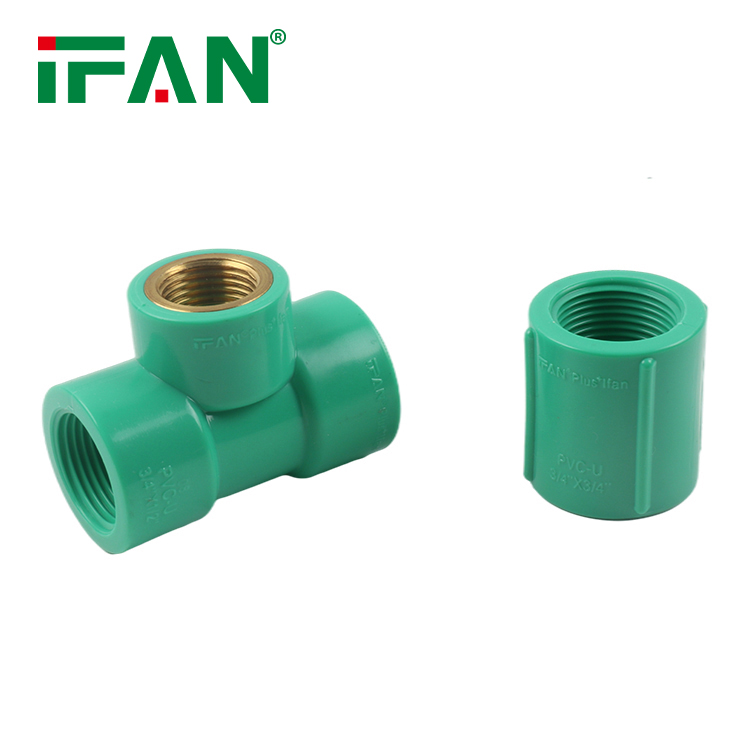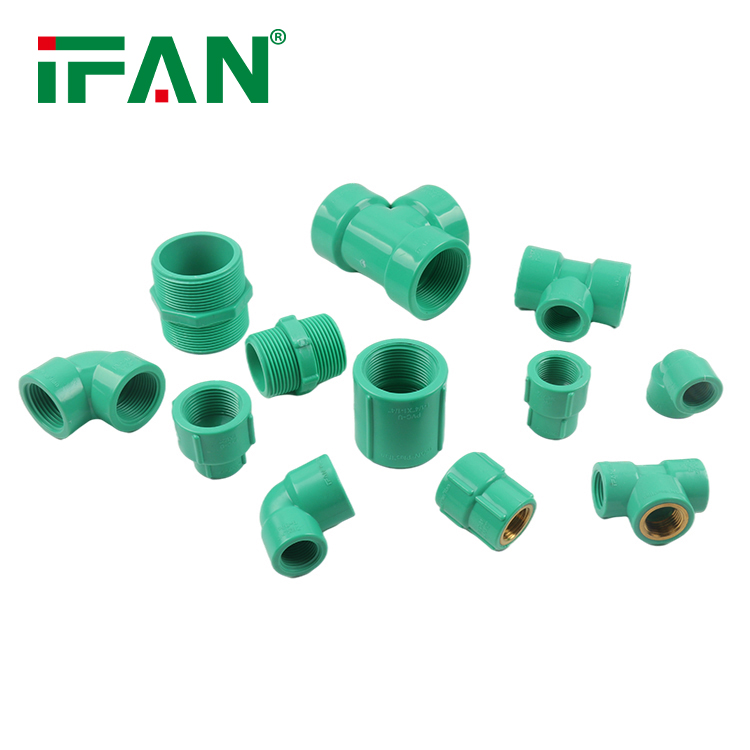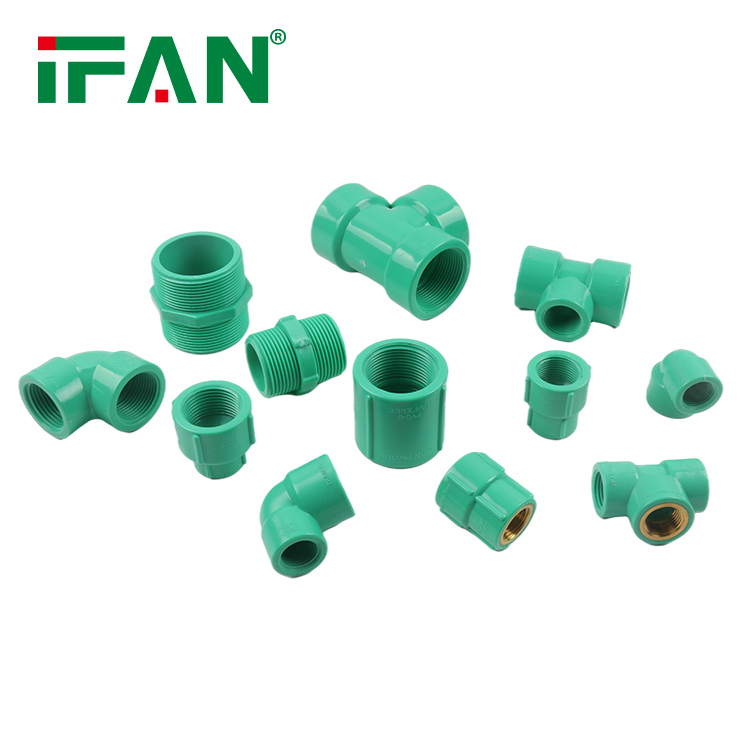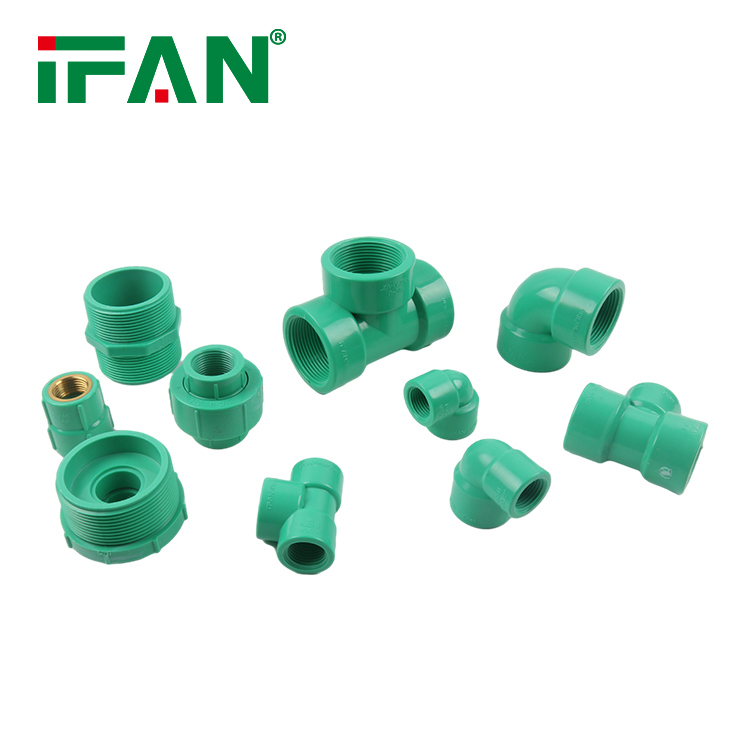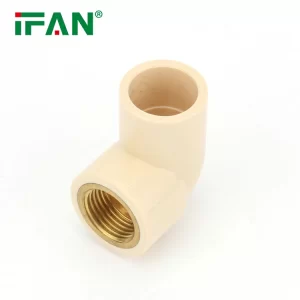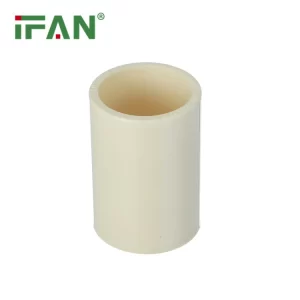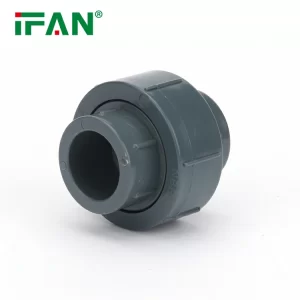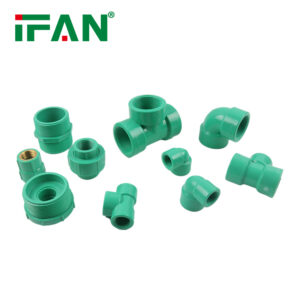Description
IFAN factory 30+ years manufacture experience support color /size customization support free sample.Welcome to consult for catalog and free samples.This is our Facebook Website:www.facebook.com,Click to watch IFAN’s product video.Compared with Tomex products, our IFAN products from quality to price are your best choice, welcome to buy!
Introduction to uPVC and Sustainability
As the construction industry increasingly shifts towards sustainable practices, the materials used in building projects are being scrutinized for their environmental impact. Unplasticized Polyvinyl Chloride (uPVC) fittings are gaining attention due to their durability, low maintenance, and excellent insulation properties. These characteristics make uPVC an attractive option for sustainable building, as they contribute to energy efficiency and reduced resource consumption over time.
Durability and Longevity
One of the key advantages of uPVC fittings is their exceptional durability. Unlike traditional materials such as wood or metal, uPVC is resistant to corrosion, rot, and UV degradation. This longevity means that uPVC fittings require less frequent replacement, reducing waste and the demand for new materials. In sustainable building practices, minimizing the frequency of replacements not only conserves resources but also lowers the overall carbon footprint associated with manufacturing and transporting new materials.

Energy Efficiency and Insulation
uPVC fittings play a significant role in enhancing the energy efficiency of buildings. Their excellent thermal insulation properties help maintain indoor temperatures, reducing the reliance on heating and cooling systems. This leads to lower energy consumption and, consequently, decreased greenhouse gas emissions. As energy efficiency becomes a cornerstone of sustainable architecture, incorporating uPVC fittings into design plans can significantly contribute to achieving green building certifications, such as LEED or BREEAM.
Recyclability and Environmental Impact
Another critical aspect of uPVC fittings is their recyclability. In a world increasingly focused on circular economy principles, uPVC can be recycled multiple times without losing its integrity. Many manufacturers are now adopting recycling initiatives, ensuring that end-of-life products are processed and repurposed into new uPVC materials. This reduces landfill waste and supports sustainable resource management. As awareness of environmental issues grows, builders and architects are more likely to choose materials like uPVC that align with these eco-friendly principles.
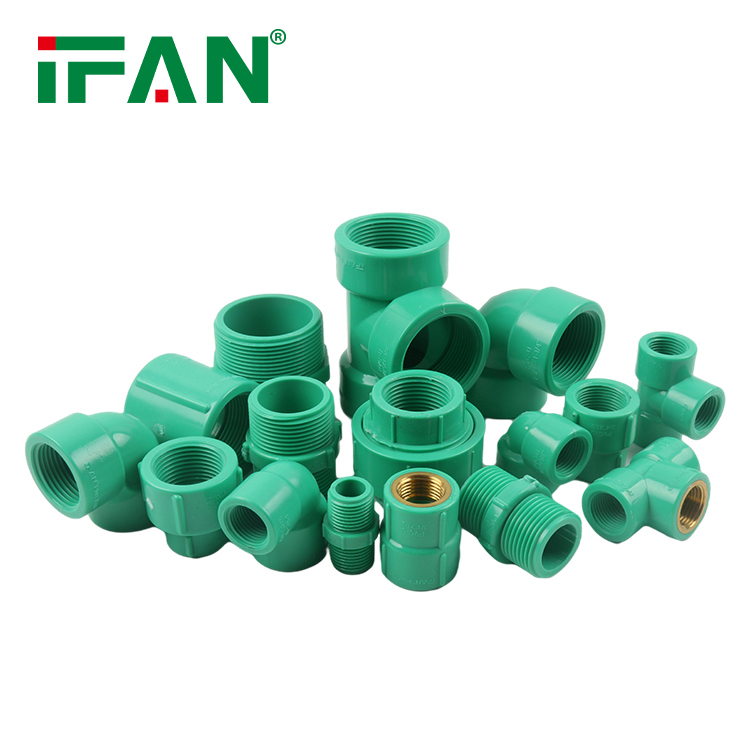
Cost-Effectiveness in Sustainable Building
While the initial cost of uPVC fittings may be comparable to other materials, their long-term cost-effectiveness is undeniable. The durability and low maintenance requirements translate to lower lifecycle costs, which is an essential consideration in sustainable building practices. Additionally, the energy savings accrued from improved insulation can lead to significant reductions in utility bills over time. As sustainability becomes a priority for developers and homeowners alike, the financial benefits of using uPVC fittings will further enhance their appeal.
Conclusion: A Sustainable Future
The future of uPVC fittings in sustainable building looks promising. Their durability, energy efficiency, recyclability, and cost-effectiveness position them as a viable choice for environmentally conscious construction projects. As the industry continues to innovate and prioritize sustainability, uPVC fittings will likely play an integral role in shaping the next generation of buildings. By embracing such materials, we can create structures that not only meet present needs but also support future generations in their quest for a sustainable and healthy environment.
Related products
